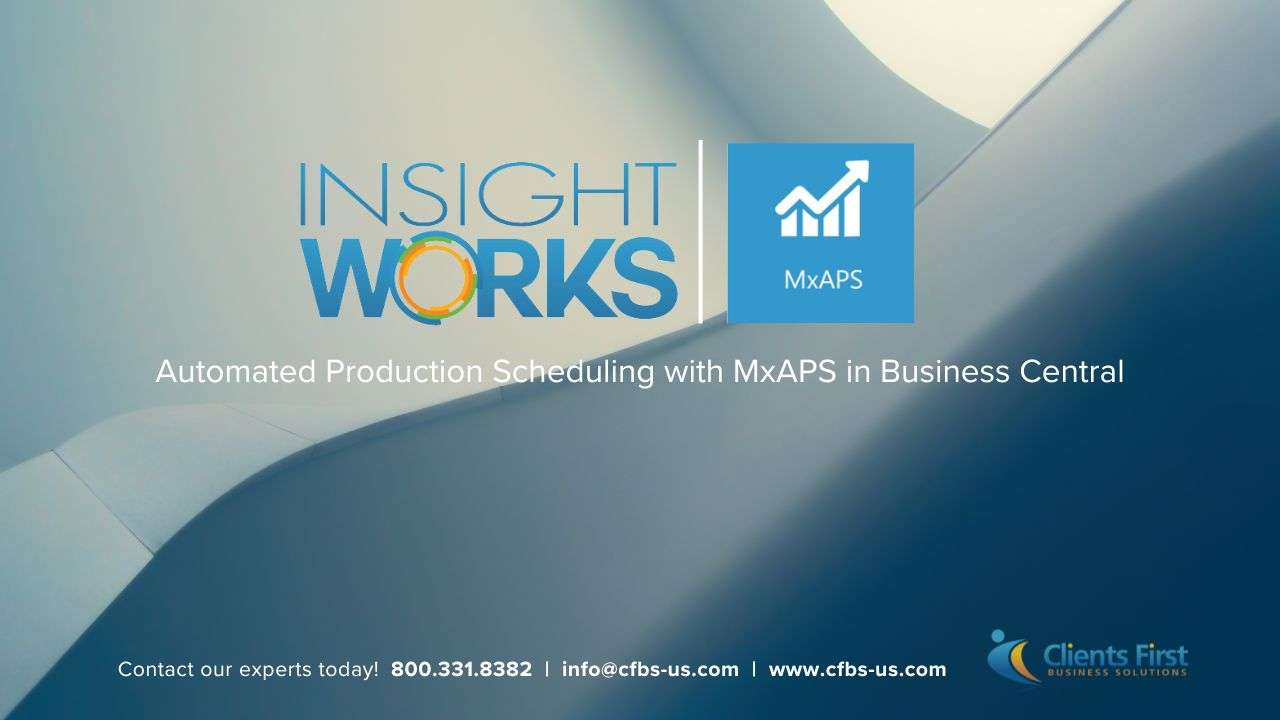One of the most powerful features in NAV 2015 is report scheduling. The feature enables users to automatically run reports at any intervals. The report scheduler runs the report in the application’s server and produces information in form of PDF, Word of Excel. The report can also be accessed in the “Report Inbox” page that is at the Role Center page.
What Can NAV 2015 Do?
The report scheduling feature in NAV 2015 enables the following:
- Instead of running reports on the Client machine, you can Run them on the NAV Server (NAS)
- Save reports that have been Run for later viewing.
- Save reports Run in different formats.
- Schedule time-consuming and/or report intensive reports at a later time when the server is idle.
Benefits of Report Scheduling in NAV 2015
You can access report scheduling by running a report and clicking Print > Schedule on the Request Page. Alternatively, click Ctrl + Shift + S to open the scheduler window. The request has to be pre-configured and scheduled to run at the date and time you prefer.
The report scheduler window will have a number of options you can configure for the report you want to schedule. Here is an overview of the options and what they mean:
- Report ID: The ID of the report you’ve opened
- Report output type: The type of report that will be generated.
- Printer Name: The printer where the report will be run.
- Earlier Start Date/Time: The earliest date/time you wish the report to be run.
- Expiration Date/Time: The latest date/time you wish the report to be run.
Before a job is scheduled, the Printer Name value will be grayed out by default. Fill or choose the values you would like for your schedule and then click the OK button.
How to Use New Methods of Report Scheduling
You can dive deeper into report scheduling to use the two new standard methods:
- Report.Execute
- Report.RunRequestPage
The first method can run the report with a provided set of captured parameters. The method is passed as a variable in both functions and is stored in XML format. The method can be reused to automate report scheduling.
The Report.Execute method is a good feature for running slow nightly reports. The method can be initiated by end users.
With the second option, the report can be run without running it but rather through showing the request page and capturing its parameters.
Configuring the Reports Scheduler in Dynamics NAV 2015
- i) Navigate to Departments and open Administration. Then, click Application Setup, select Job Queue and follow up by opening the Job Queue Category List.
- ii) Click the New icon on the main menu and select new Job Queue Category.
iii) Go to Departments and click it to reveal Administration. Next, click Application Setup, navigate to Job Queue and open Job Queues.
- iv) On the Job Queue, click New to set up a new Job Queue. The Job Queue Card window will open.
- v) On the Job Queue Card, provide a value for the Code and Description. On the Job Queue Category Filter field, click the dropdown menu to select the category you previously created.
- vi) Under the NAS Settings, select the instance of the NAV Server where the report will be run. After this, your report will be ready to run.
Note: It is mandatory to indicate the NAV Server instance and Job Queue Category fields for NAV to run your scheduled report.
- vi) To begin or cancel a Job Queue, click the Start or Stop icons on the Actions pane under Process.
You have now finished setting up the report schedule and are ready to run your reports from a Tablet, Web or Windows Client. You can also schedule the reports to run at any time or date.
When the report is run, it will be saved inside the Report Inbox, which is available insider the Fact box. To see the information a report contains, click the Report row.
The scheduling feature is handy when you want process-only reports or are looking to schedule long-running reports to run when the server is not in use.







